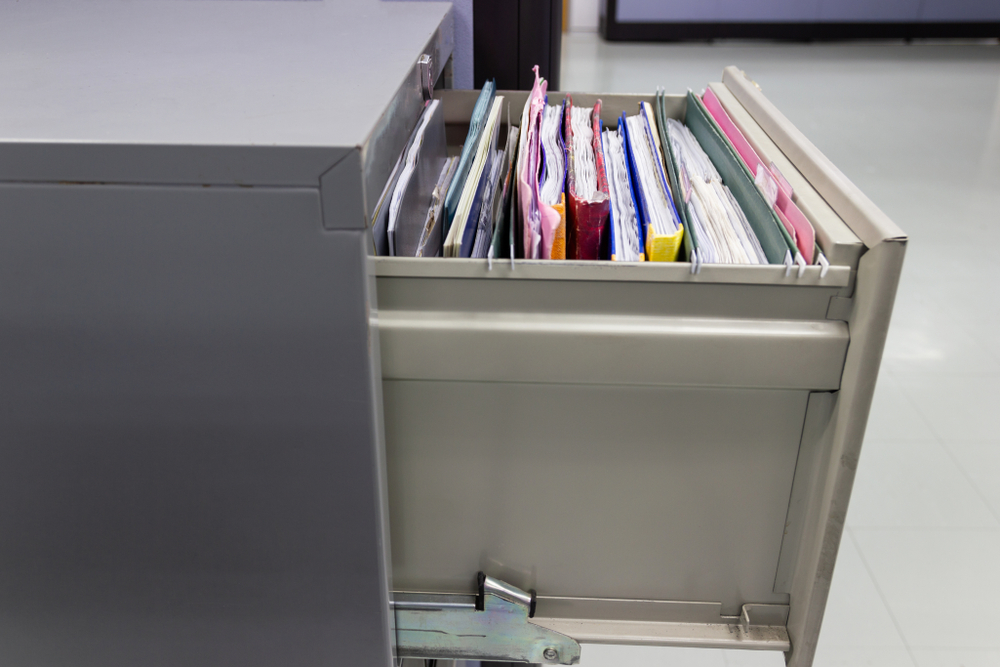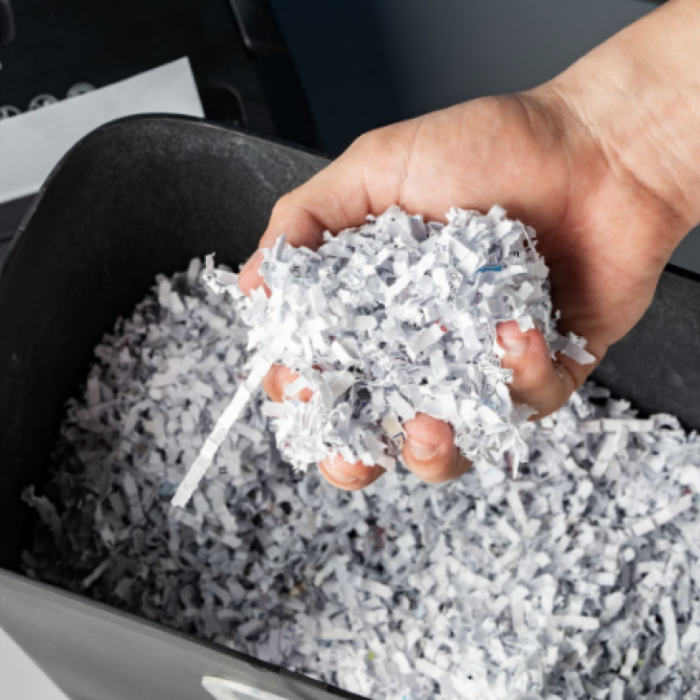A Guide To Creating A Successful Schedule
Today, businesses in every industry are moving towards storing their company records digitally. WIth this migration comes the process of creating a records retention schedule that allows you to keep certain paperwork and files that are deemed necessary for a time period that may also be required by local and federal mandates. Here’s a quick guide on how to create a successful records retention schedule.
What is a Records Retention Schedule?
A records retention schedule is a policy that defines how long records and files must be kept and provides disposal guidelines for how they should be disposed of. Businesses implement these schedules to ensure they remain in compliance and to protect the company from any legal implications of lost or stolen data.
Steps to Creating A Successful Records Retention Schedule
1. Understand & Follow Industry Regulations
Although all businesses must follow federal mandates when it comes to record retention, certain industries have specific regulations that also must be followed. Whether you’re in healthcare or law, it’s crucial you understand your requirements and follow them to remain in compliance and avoid violations and fines.
2. Organize & Categorize Records
Create a spreadsheet or database that identifies each category of records that you need to maintain. Some examples include customer records that keep track of your customers orders, their shipping and billing information, contact information and more. Once you’ve set up and organized your data into categories, it will help you easily access this information.
3. Create Document Retention Periods
Create document/files retention periods for all categories of data. Determine which documents need to be purged based on what type of document it is, when it was created, what retention mandates are required and any other relevant information. After doing this step, you can then create a disposal schedule. Many companies have monthly schedules, but it can be whatever is most applicable to your company.
4. Maintain an Efficient Record-Keeping System
All company records must be maintained in an organized system that allows you to find and utilize them in an easy and efficient way. Keeping things organized ensures that you are on top of all files, how long they should be kept and a proper purging schedule. It’s important that you keep this system up to date and that all documents and files are properly filed. Records that need to be kept should be scanned and saved within your company’s data storage system.
5. Train Staff & Keep Your Records Retention Schedule up to Date
To ensure your records retention schedule is successful, it’s imperative that all staff know and understand their responsibilities within the system. In addition, it’s recommended that you evaluate your system on a regular basis to determine how well it is working and address any issues or components that need tweaking.
Once you’ve created and implemented your records retention schedule, you will need a shredding and destruction provider to ensure you are purging records securely.
All Points Mobile Shredding can help you with regular shredding schedules. We are a family-owned and operated company located in Stuart, Florida serving businesses and residential customers throughout Florida. Our state-of-the-art shredding trucks come directly to your office and perform the shred onsite. This gives you the ability to witness the entire process. We also provide a certificate of destruction with every shred, added peace of mind that your confidential records have been securely and permanently destroyed. Give us a call today or complete the form on this page to get a quick quote.









